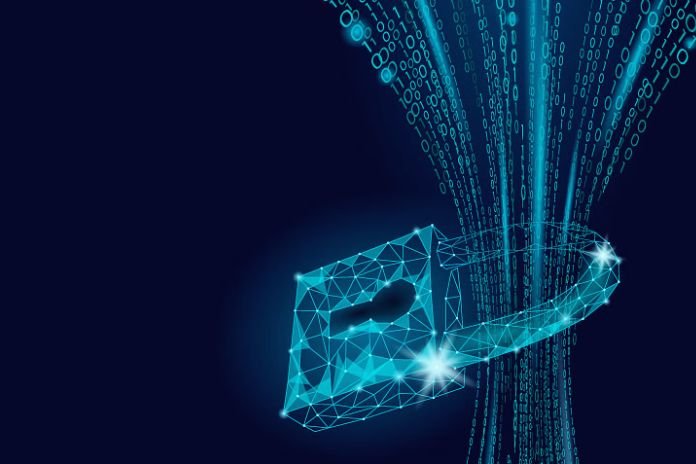Cloud And Cyber Attacks: Taking Cyber Defense To The Next Level
For organizations that concentrate information and applications in the cloud, it is pressing to turn to compelling network safety rehearses, for example, multifaceted validation, multi-client, changelessness or even inhumane cases, zeroing in on a zero trust approach. Is distributed storage protected from programmers and ransomware?
As indicated by a review led by Venafi, 80% of associations encountered a cloud security episode during the year 2022. Albeit the most unmistakable players in distributed storage benefits currently offer permanent stockpiling, implying that put-away information can’t be erased or changed, a generally secret risk to clients remains.
On the off chance that an individual figures out how to get to the data of distinguishing proof of the framework chairman, it is feasible to erase a whole client record and all information related to it. For an organization, entrusting a solitary chairman with liability regarding getting to a client account consequently addresses a network protection risk. All in all, can multi-client ID be a compelling extra hindrance to information assurance?
Cloud Storage And Cyberattacks Limit Exposure Risks
With cyberattacks happening at regular intervals and ransomware sums coming to more than $4.7 million, organizations can never be too cautious with regard to network safety measures. A cybercriminal isn’t simply a singular activity but instead an assortment of dangers that can cause extreme extortion and reputational risks to a business.
For this reason, it is fundamental to have extra layers of safety for advances, for example, distributed storage, which is essential for the direction of an association’s business. To restrict openness chances, multifaceted verification (MFA) is currently typical for the vast majority of associations’ frameworks.
This approach requires a client to introduce at least two certifications to get to a framework. Despite the fact that it gives an extra layer of safety, in the event that a vindictive entertainer gets the certifications related to a record holder, they might have the option to hijack the record and do a cyberattack.
To restrict the dangers of uncovering your information, utilizing a changeless reinforcement of your data is conceivable. Unchanging nature locks information for a particular period, so it can’t be changed or erased deliberately or coincidentally. For organizations that emphasize unchanging nature, in any case, it is fundamental to guarantee that no pernicious entertainer accesses the frameworks or records that control permanent information.
To be sure, ongoing information features that legitimate yet compromised account certifications were the underlying access vector for more than one out of three cloud interruptions; in the event that a singular holds these record certifications, they can totally wipe a whole data set, which represents a critical danger. To try not to open an organization to such weaknesses, extra layers of verification, for example, multi-client validation, can be executed.
Multi-User Authentication, An Additional Layer Of Effective Cybersecurity?
Multi-user authentication (AUM) is an increasingly important approach to data protection. Its principle: designate key people as administrators who must authorize any deletion request before it is processed. For example, if one of the administrators refuses a deletion, the process is automatically canceled.
Multi-user authentication protects accounts not only against ransomware threats but also against accidental deletions due to human error. It can also be helpful in protecting the data of former users who no longer work at the company but still want access to sensitive data.
This step is essential when dealing with significant intellectual property or confidential information for a company. Combined with other cybersecurity best practices, including multi-factor authentication and immutability, AUM is a critical cyber defense step that takes existing cybersecurity practices to the next level.
For companies that concentrate data and applications in the cloud, it is urgent to resort to effective cybersecurity practices, such as multi-factor authentication, multi-user, immutability or even, in compassionate cases, focusing on a zero trust approach. Indeed, at a time when interconnection around the globe is intensifying, the integration of artificial intelligence into cyberattacks makes the threat all the more significant.
Read Also: From SLA To XLA: The Shift In Managed Mobility Services
Share this content:











Post Comment